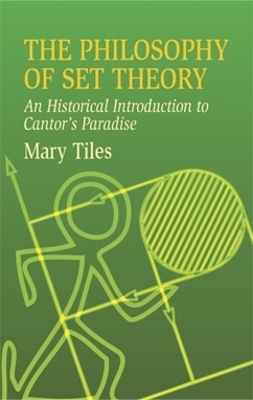Dover Books on Mathematics
1 total work
Did Cantor discover the rich and strange world of transfinite sets (which Hilbert was to call Cantor's "Paradise") or did he create it? Are set theorists now discovering more about the universe to which Cantor showed us the way, are they discovering more about what he created or are they continuing the creative process? Set theory is a product of the 19th-century movement to impose increasing rigour on mathematics, which culminated in the logicism of Frege and Russell and the formalism of Hilbert. The result of the failure fully to realise either the logicist or formalist programmes is an example of axiomatic set theory, but one which cannot be wholly dissociated from its logicist origins. Yet logic alone would not lead us into the transfinite; transfinite set theory emerges as the framework within which we can reason about the infinite. The need to tame the infinite and make it safe for finite, human reason lies in the mathematics of continuity. Trying to think coherently about continuous magnitudes such as space and time and about continuous motions makes confrontation with the infinite inescapable.
Even if we do not experience infinitely large or infinitely small objects which we conceive of the physical world as a whole in which space and time are continuous magnitudes and in which physical objects move continuously we cannot avoid talk of the infinite. Cantor's "Paradise" addresses the opening questions by focusing on the way in which the continuum imposes acceptance of the infinite and on the problem that the continuum still poses for set theory.
Even if we do not experience infinitely large or infinitely small objects which we conceive of the physical world as a whole in which space and time are continuous magnitudes and in which physical objects move continuously we cannot avoid talk of the infinite. Cantor's "Paradise" addresses the opening questions by focusing on the way in which the continuum imposes acceptance of the infinite and on the problem that the continuum still poses for set theory.
